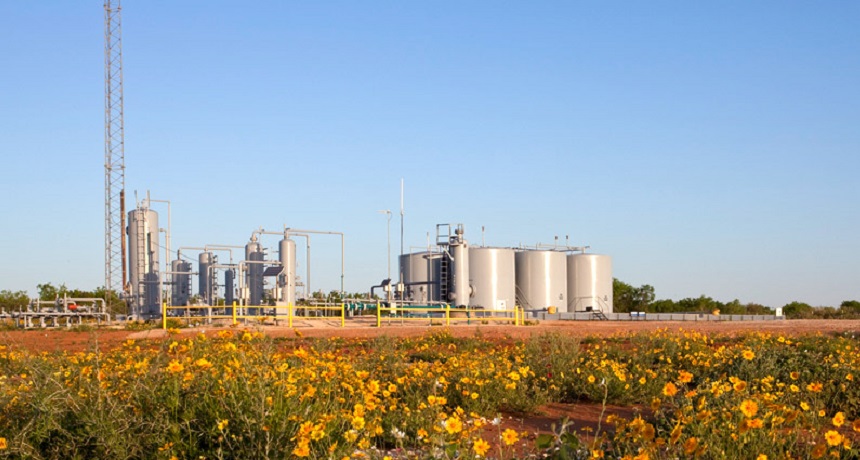Scientists Say: Fracking
This technique pumps liquid down into the Earth to send natural gas and petroleum up to the surface

This is a fracking site, where liquid is pumped deep below ground to extract petroleum and natural gas.
ANGA
This technique pumps liquid down into the Earth to send natural gas and petroleum up to the surface

This is a fracking site, where liquid is pumped deep below ground to extract petroleum and natural gas.
ANGA